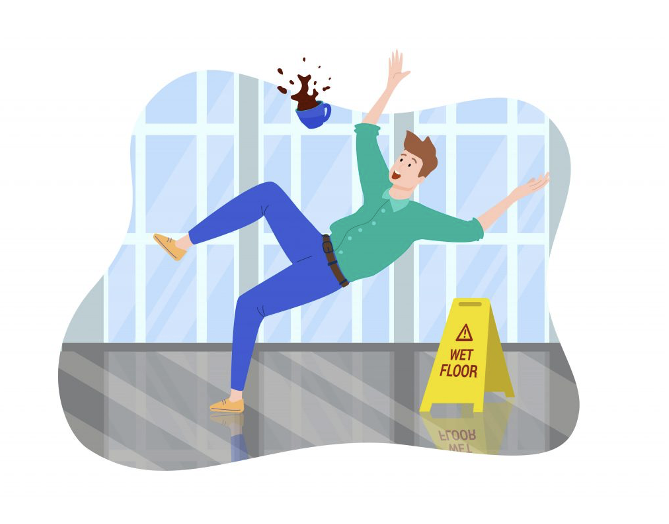
Injuries from slip and fall incidents on sidewalks vary from mild bruising to severe fractures. These incidents often lead to questions about liability: who is responsible for the unsafe condition? Accountability can be complex, requiring a careful look at property ownership, maintenance practices, and applicable local laws.
Crucially, you must collect evidence for the sidewalk slip and fall case to support your claim. This evidence is the foundation for evaluating responsibility and understanding the incident's circumstances.
Let's examine the critical elements in assessing liability in sidewalks, not only the state of the sidewalk but also the actions or inactions that lead to accidents, covering potentially responsible parties, contributing factors, and evidence needed to build a strong case.
Sidewalk ownership and maintenance responsibilities vary depending on the location and type of property. Liability often hinges on this distinction:
Municipal Sidewalks: Most sidewalks in public spaces are maintained by local governments. However, in some areas, property owners adjacent to the sidewalk might share responsibility for repairs or snow removal.
Privately Owned Sidewalks: Private property owners or management companies are generally responsible for the maintenance of sidewalks within residential complexes or commercial areas.
Several factors are evaluated when assigning responsibility in a sidewalk slip and fall case:
In essence, liability concerns not only the state of the sidewalk but also the actions (or inactions) of both parties.
Different entities may bear responsibility, depending on the circumstances of the accident:
Local Government: Municipal bodies may be liable for public sidewalks if they neglect maintenance duties. There are frequently stringent deadlines and specific steps involved in submitting a claim against a government agency.
Property Owners: Under local ordinances, adjacent property owners may be responsible for upkeep or snow removal, especially in residential or commercial areas.
Contractors: Third-party companies hired to perform maintenance tasks may also be liable if their negligence caused the hazard.
Without evidence, proving liability becomes a significant challenge. Different types of documentation can play a critical role in supporting a case:
Photographic Proof: Capture the sidewalk's condition immediately after the incident, focusing on cracks, debris, or ice.
Eyewitness Accounts: Statements from individuals who saw the fall or knew about the sidewalk's poor condition can be invaluable.
Maintenance Logs: Request records of sidewalk inspections, repairs, or scheduled maintenance to uncover possible negligence.
Medical Reports: Evidence of injuries, including treatment records, helps establish the extent of the accident and its impact.
Incident Reports: If the accident happened on commercial or municipal property, filing a report with the relevant party can provide an official event record.
Each piece of evidence adds a layer of credibility to your claim.
Sidewalk slip-and-fall cases could be more straightforward. However, liability may vary depending on local regulations, such as statutes defining maintenance responsibilities. Additionally, states with comparative negligence laws could reduce compensation if the injured party shares some blame for the accident.
Sidewalk slip-and-fall accidents often involve multiple layers of responsibility. Determining liability requires carefully reviewing property ownership, maintenance practices, and legal requirements. By gathering comprehensive evidence and understanding the factors influencing liability, you can take steps toward accountability and recovery.
With the right approach and the support of experienced legal counsel, you can build a strong case and receive appropriate compensation for your injuries.